I think I’ve lost the plot with this olive.
When I got the tree in February, it looked like this.
I split the tree in two. The upper half failed to root. My idea for the base was to show a broken-off trunk with a small pad of foliage.
Then the little branch towards the bottom of this photo died, a casualty of my clumsy wiring.
Since February I’ve been letting the tree recover with occasional trims to keep branches proportionate. Eventually I applied some more wire. Here’s the result.
It’s a mess.
The idea is to have a new trunk swoop up out of the foliage pad below. That’s the sloping branch you see in the foreground. The two branches pointing away from the camera are intended to bulk out the canopy.
I was inspired in part by Bonsai Releaf’s broken trunk approach with a larch. He uses deadwood and curvy branches to dramatic effect. My tree looks ‘off’ in a way I can’t identify. I don’t think the movement is coherent or convincing. The new trunk will take a long time to thicken. Building the canopy with two backwards branches doesn’t make sense, as all the action will point away from the viewer.
So what is to be done?
Every time I’ve styled a tree with a particular plan that I’m excited about, I wind up with something like this. There’s a lacuna between what I see in my head and what I shape with my hands. A failure of technique, yes, though also a failure to envision the realistic way a tree could grow. Learning how to think about a tree remains the toughest part of bonsai.
The good news is that some of my failures have spun off into successful new approaches. My pomegranate is one of those, and I’m quite happy with how it’s coming along. In every case the strategy was: Shut up and let the tree tell you what to do. Allows its natural growth to reveal possibilities. Give yourself time to study it. I wish to become more comfortable with ambiguity.
I have no idea what to do with this variegated osmanthus, and for a while, I won’t have to. All I’m working on now is thickening the trunk and strengthening the roots. I’m happy with the root flare so far.
Should I chop this tree before the first fork for a tiny specimen? Follow the main trunkline for an informal upright design? How hard can I reduce an osmanthus? No clue x 3.
I’ll let it grow free for another year.
This tea plant is also in its free growth stage. The soil is packed like cement, so I’m eager to extricate the roots in spring and see what I’m working with. The telephone pole trunk limits my possibilities. As with the osmanthus, I could chop low or follow the three trunks branching off the base. None of them are positioned well for a good design yet, but dormant buds may pop in time. Or this will never look right, because using Camellia sinensis for bonsai is a fool’s errand.
It’s just a tree, I try to remind myself. I have more.
The tea plant heads into winter with fresh foliage, vigorous branches, and clouds of flower buds. It is healthy, and for the tree, that’s sufficient. Why can’t I feel the same way?
Tree reading
The explosive growth of California’s cannabis trade has led to violence and worker exploitation on a massive scale, all hidden from public view. [Los Angeles Times]
A new study uses tree rings to track the impact of a once-a-millenium solar storm. [Phys.org]



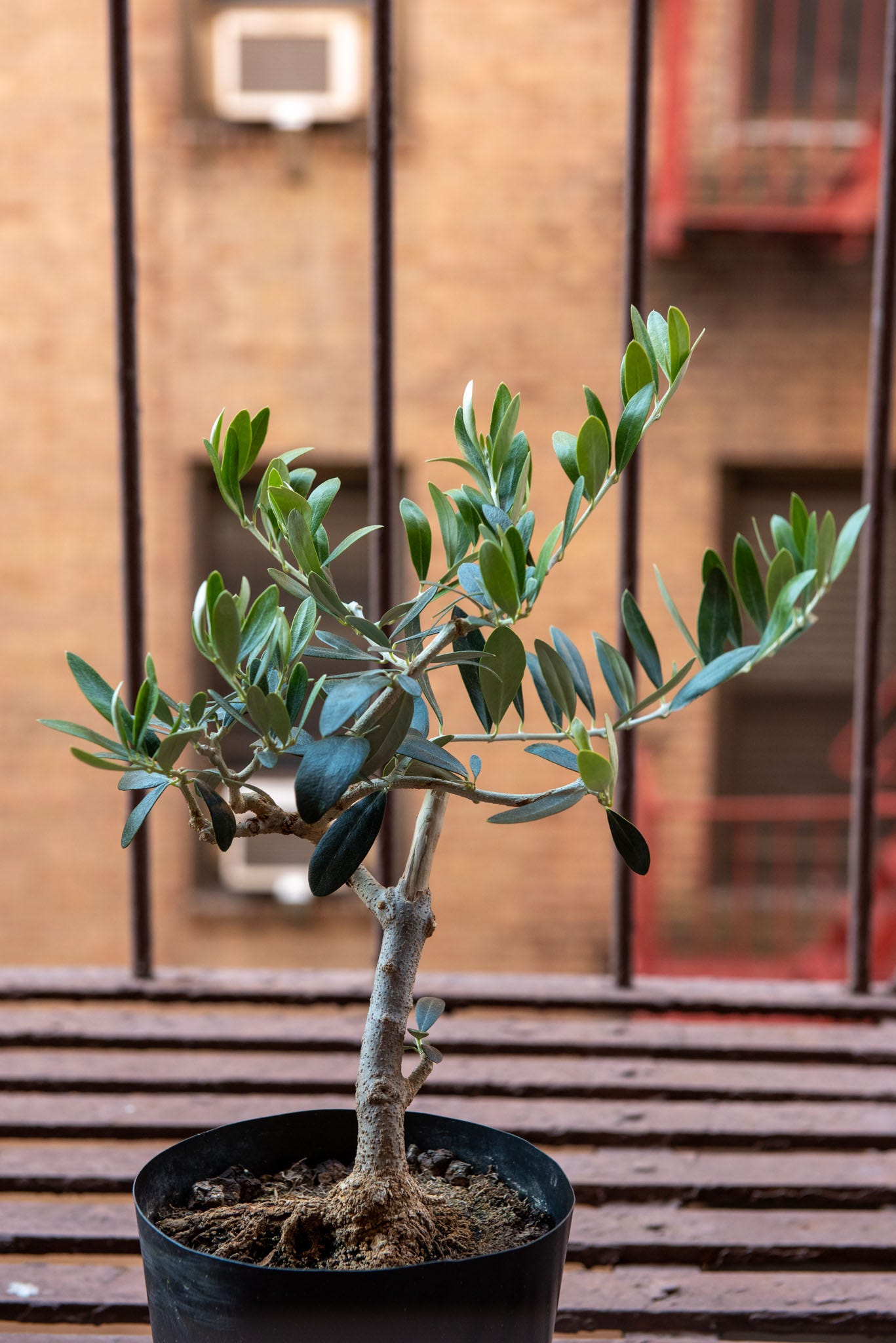
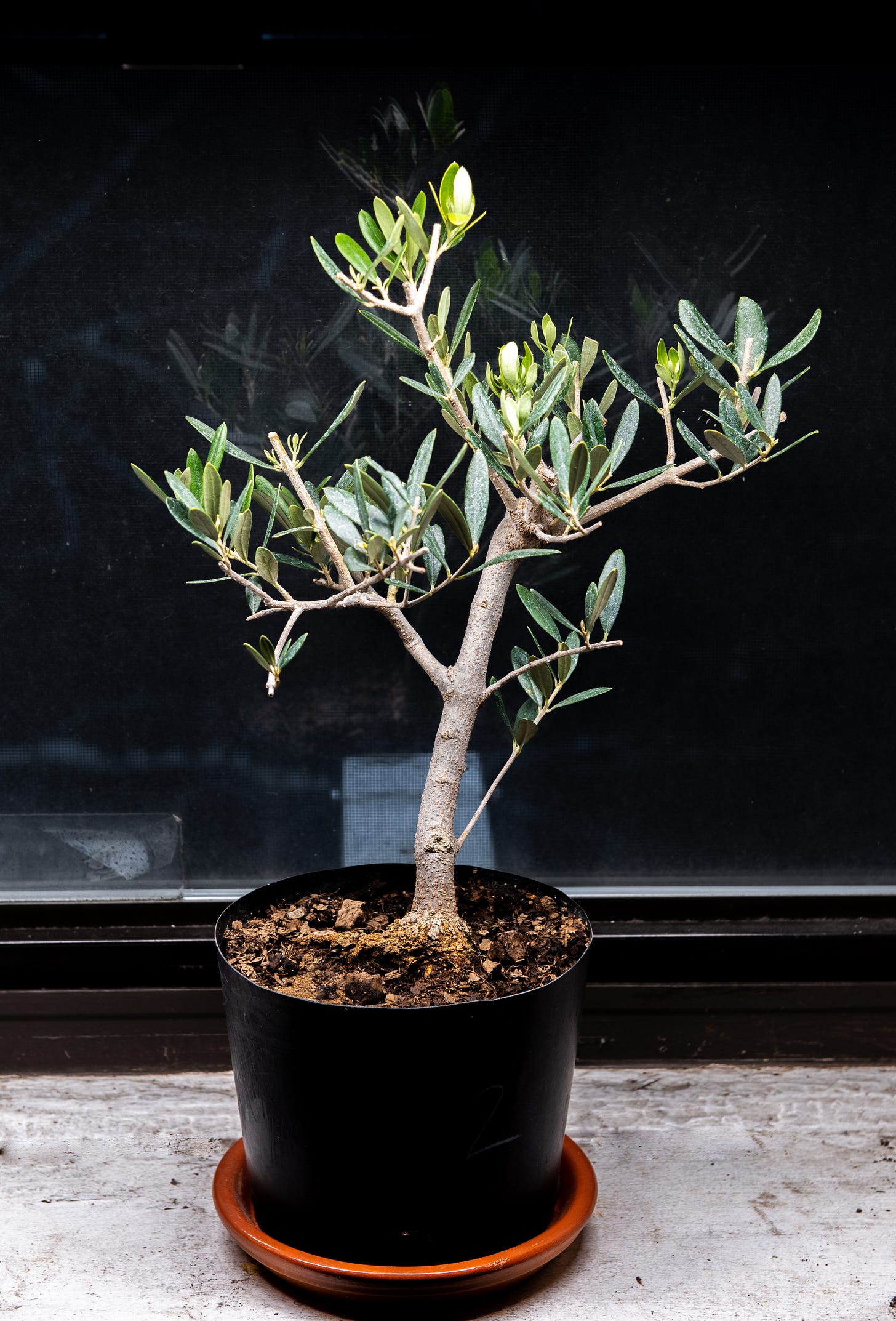
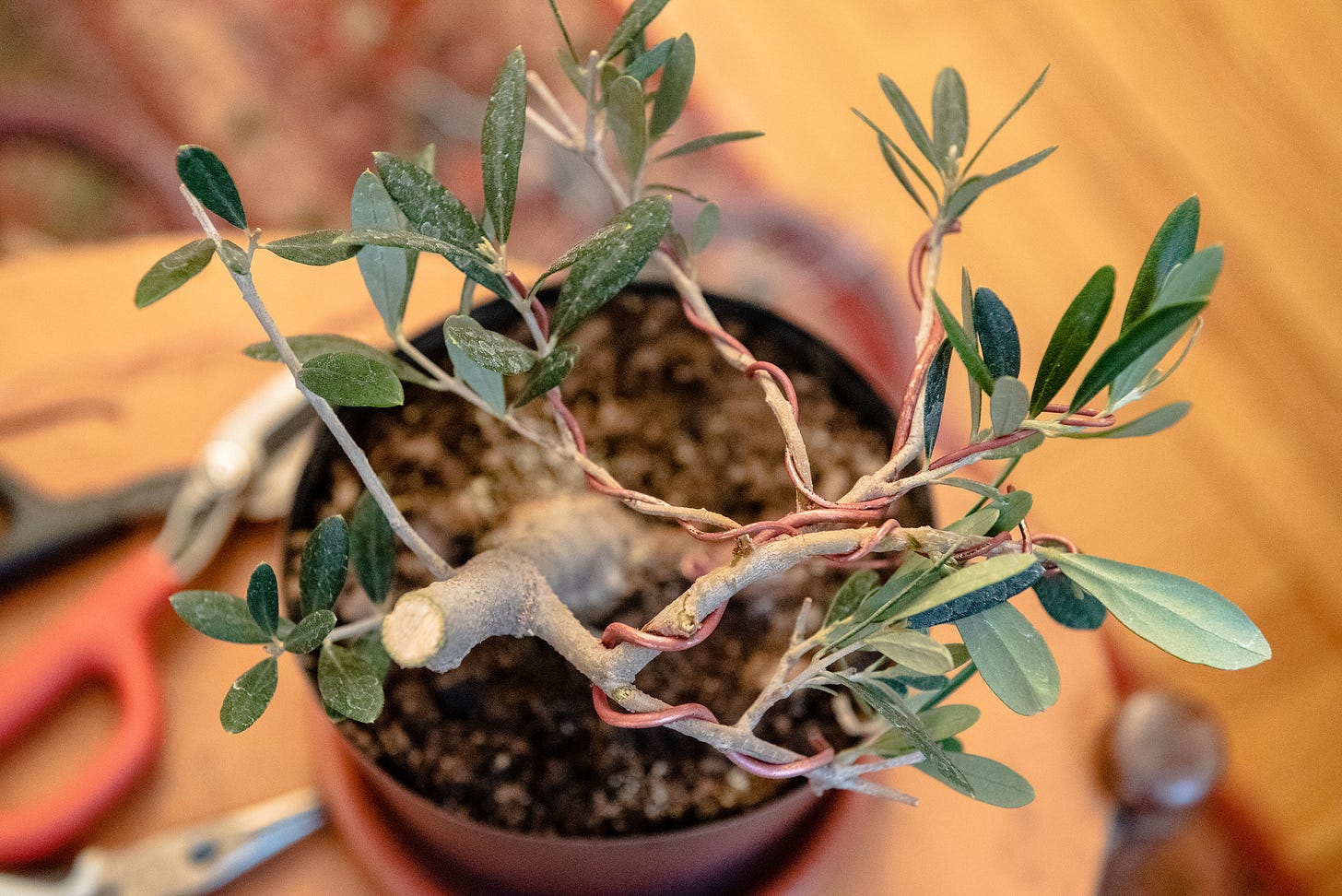
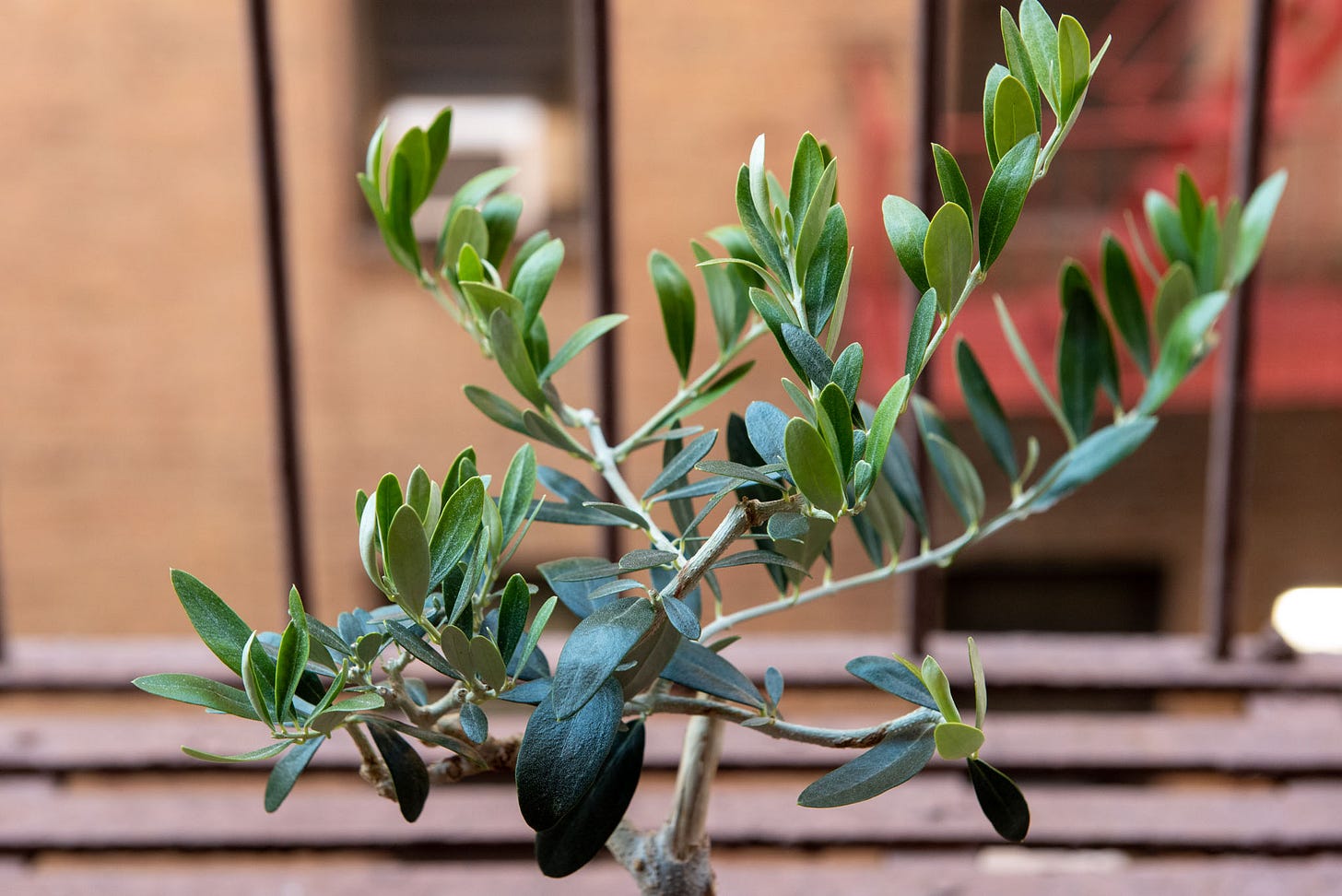
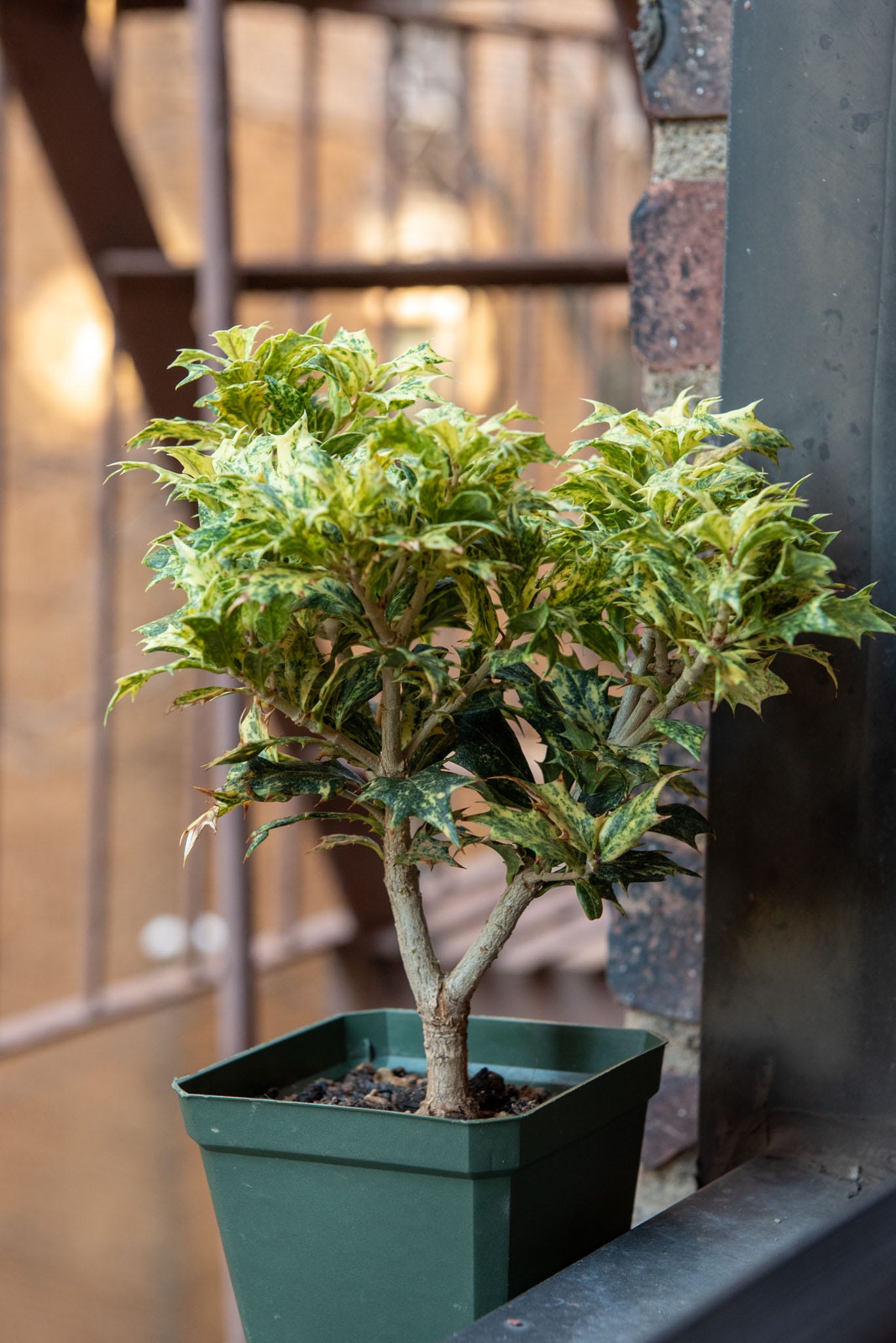
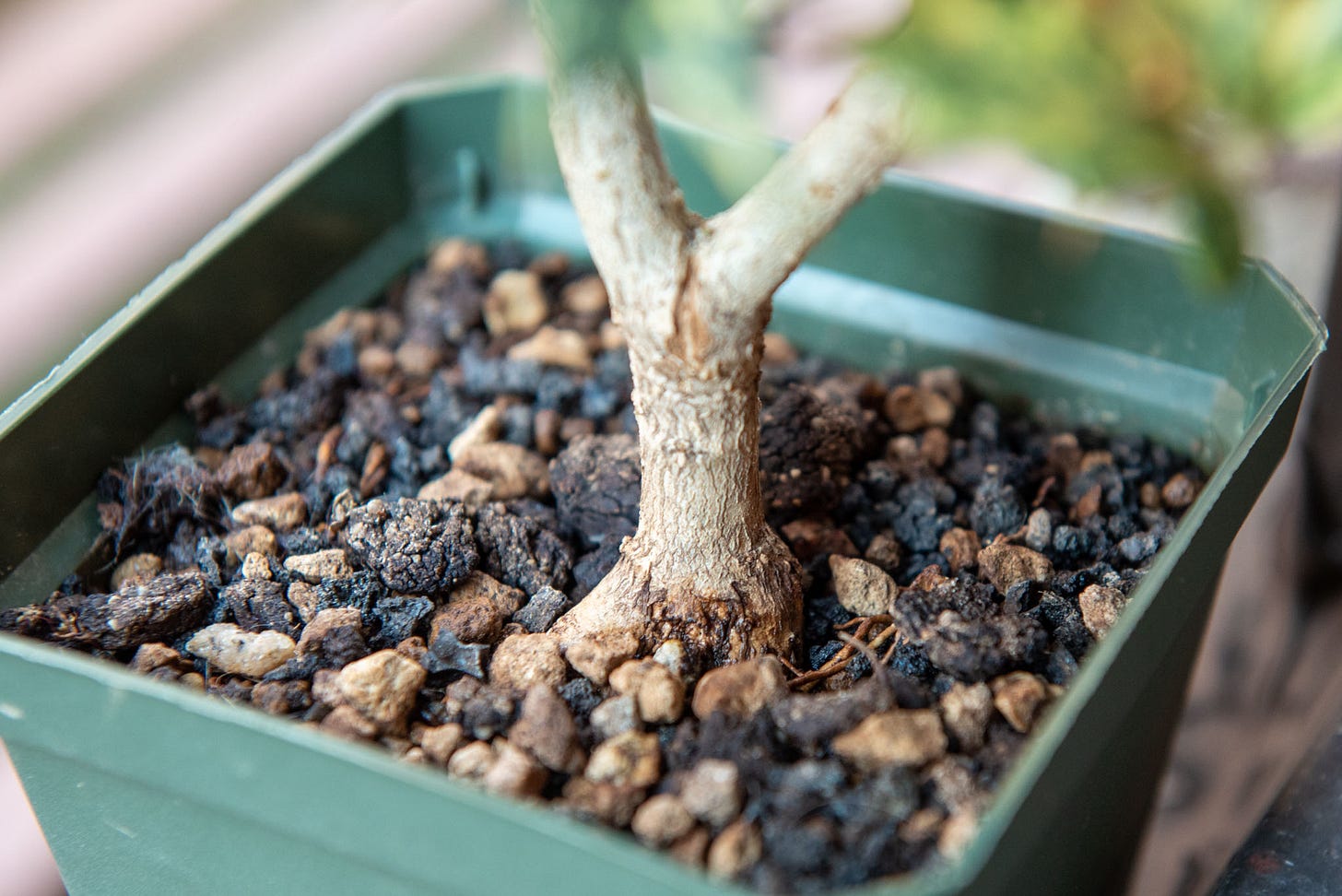
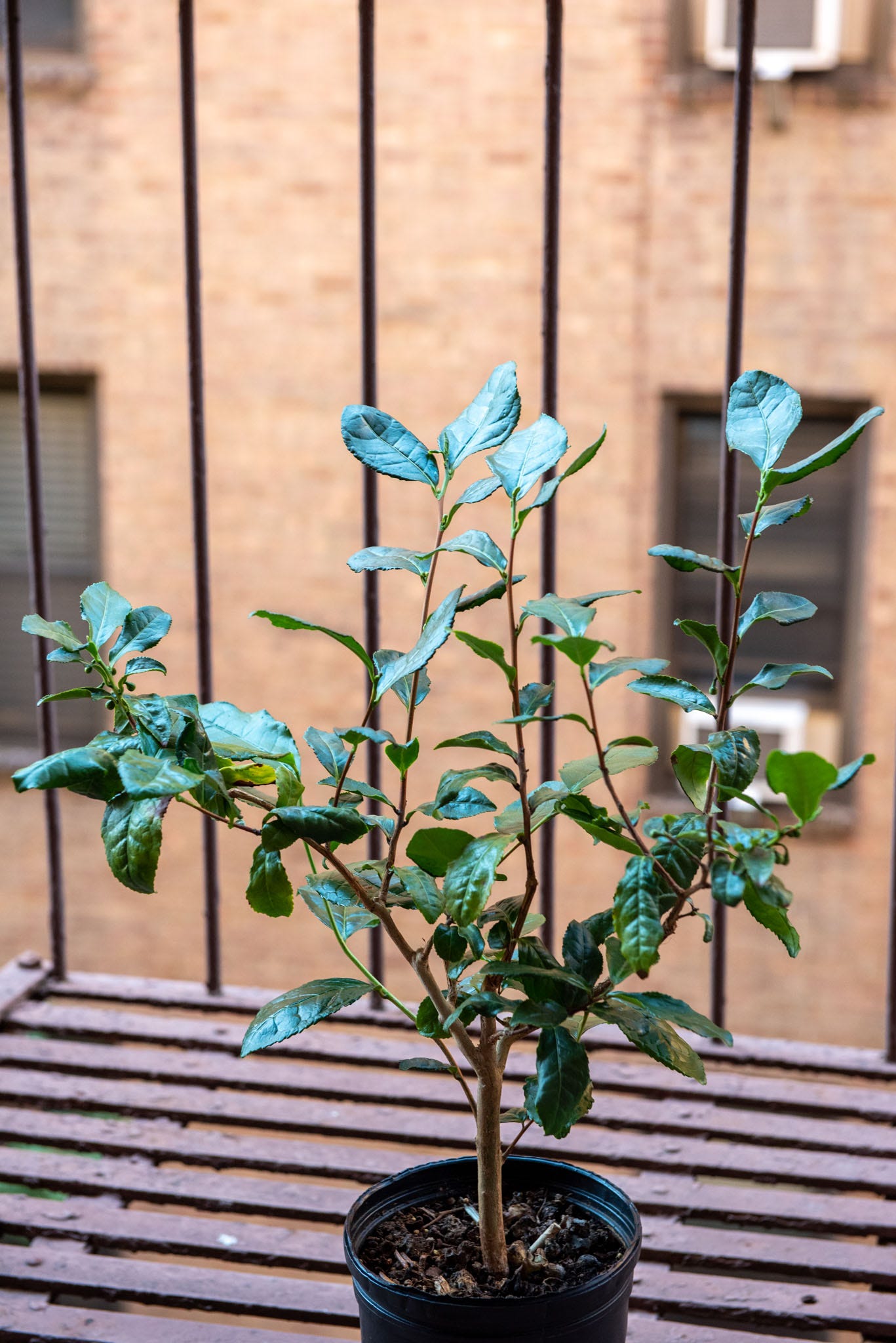
I love that you're doing a Camellia Sinensis! I have also embarked on this fools errand. I have two small plants growing in the window box nearly identical to yours. It's great to see your posts each month as I often feel like a bit of a black sheep of my bonsai club; living in Chicago without any kind of yard and growing my trees in whatever spare piece of flat, semi-sunlit realestate I can find, often makes me think I'm setup to fail. But then youre out here dealing with the same struggle and cultivating some lovely little trees. Keep it up.